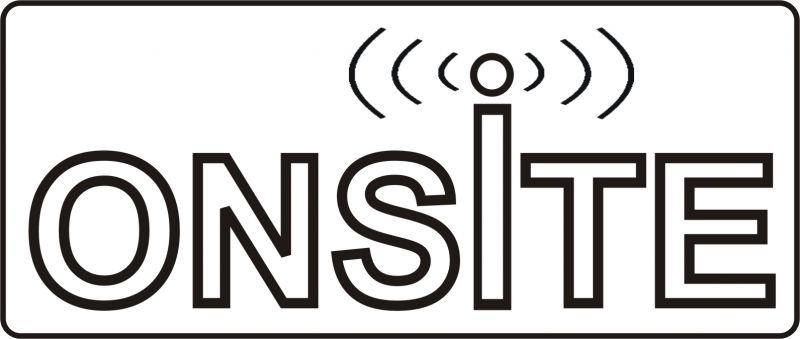Partners
- Consiglio Nazionale Delle Ricerche (Włochy) - koordynator
- Instytut Energetyki (Polska)
- Bonfiglioli Vectron Gmbh (Niemcy)
- Fiamm Energy Storage Solutions Srl (Włochy)
- Ericsson Telecomunicazioni (Włochy)
- Htceramix Sa (Szwajcaria)
- Haute Ecole Specialisee De Suisse Occidentale (Szwajcaria)
- Erdle Erich Konrad (Niemcy)
Description
SOFCs are good energy sources to supply reliable power at steady state. Due to their slow internal electrochemical and thermodynamic characteristics, they cannot respond to electrical load transients as quickly as desired. During peak demand a battery can provide power in addition to the fuel cell, whereas the fuel cell can recharge the battery during low demand periods. The key advantage of this system architecture is that the fuel cell is operated without major load variations close to constant load resulting in longer lifetime and thus reducing total costs of operation. The realization of a hybrid system, capable of connecting production and storage devices on the one hand, and of managing and controlling the energy and its exchange with the power grid on the other hand, represents the synergy of some innovative technologies, but already commercially available. The overall objective of ONSITE is the construction and operation of a containerized system, based on SOFC/ZEBRA battery hybridisation, that generates more than 20 kW at high efficiency and economically competitive costs. High Temperature ZEBRA batteries (NaNiCl) are intrinsically maintenance free, show long life and are fully recyclable. The choice of this kind of technology aims at exchanging thermal energy between the two devices, in order to enhance the total efficiency of the final system, as well. The natural gas (optionally LPG) operated SOFC and the ZEBRA battery will be thermally integrated. Both will provide power for TLC energy stations. Basic research will be pursued on SOFC stacks to reach FCH JU targets in terms of efficiency, duration and costs. On top of these activities, detailed analyses of final proof-of-concept life cycle cost and total cost of ownership are foreseen. The thermal energy (waste heat) of the system can be applied for heating purposes as well as for cooling applying, e.g. an absorption cooling system. The system demonstration will take place at Ericsson as a real TLC site


